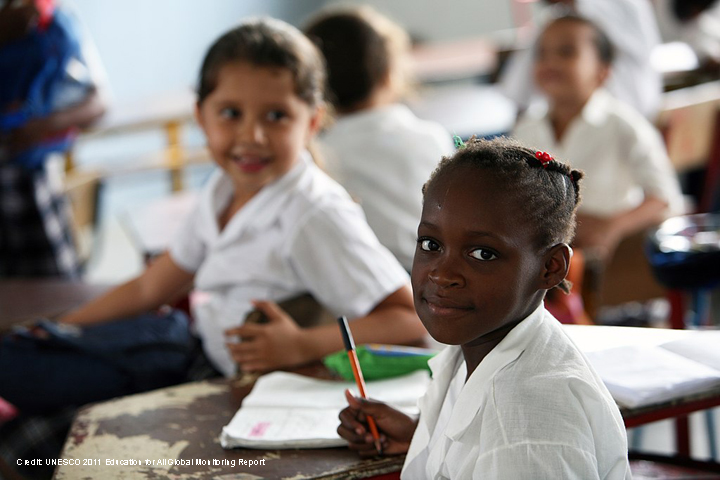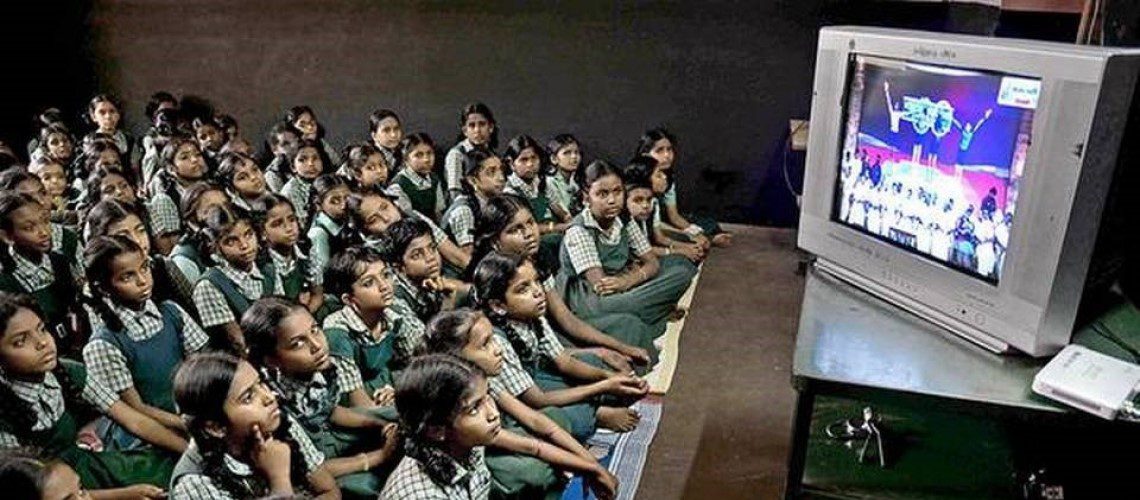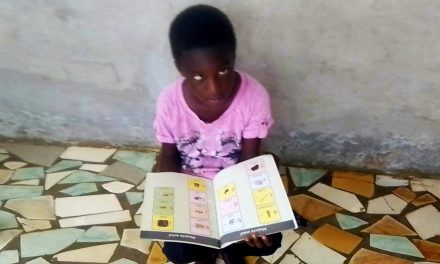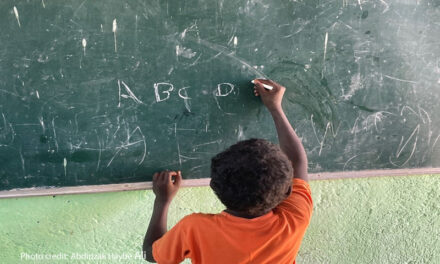Pablo Jaramillo Quintero shares reflections and takeaways from Alianza Educativa’s experience of reopening their schools in Bogotá, Colombia. Alianza Educativa is a non-profit that runs 11 charter schools serving more than 11,500 underprivileged students in Bogotá, Colombia. Pablo Jaramillo Quintero is the General Director and also a Trustee of Global Schools Forum and former Deputy Minister of Education of Columbia. This article was first published on the Global Schools Forum blog on 30 July 2021.
Eighteen months into the pandemic, with schools in 19 countries still closed according to UNESCO and UNICEF, it is more important than ever to show the key role that non-state organizations like Alianza have played in responding to the pandemic’s challenges and in ensuring that students get a real opportunity to keep learning.
Unlike regular public schools in Colombia, our schools at Alianza started the reopening process back in November 2020, after Colombia passed the first peak of the pandemic and national and local education authorities allowed schools to participate in a reopening pilot. We opened seven of our schools during the 6-week pilot, three more schools in March and one more in June.
The results of the reopening process have been very positive. Attendance has grown steadily, showing that family trust is growing every day. We went from 22% of families willing to send their kids to school in October 2020 to more than 67% in June of 2021. By June 2021, more than 4,500 students had already participated in in-person instructional learning, which is expected to increase to approximately 8,000 in the coming weeks.
Most teachers and students attending schools have found that in-person activities helped in recovering motivation and learning. Despite dozens of weekly positive COVID-19 cases in teachers and students so far, we have not identified any single transmission or infection at any of our schools, which shows that safety protocols work. In fact, more than 90% of students and teachers that have participated in in-person activities felt safer at school than outside of it.
There are five things that have especially contributed to making re-opening it a successful experience.
- Engage the community in finding collective solutions
We approached the challenge of reopening our schools by engaging our school community with a problem-solving mindset. Instead of making a top-down decision or leaving it up to our schools whether to open or not (as happened in the regular public schools), we created a clear vision of success – opening our schools – and devoted time and resources to find the best solutions together with school teams.We only formally decided to start the reopening process after having identified and designed some possible solutions. This helped us in getting the necessary buy-in from the school members, not as something that had been imposed on them, but as something that was tackled and solved by the entire community.
- Build trust and start slowly
We built a lot of trust with our school leaders, teachers and other school members, by making participation in the pilot stage a voluntary decision. Up to 40% of our staff decided to voluntarily participate in the first stage of the school reopening, much more than what we originally expected.As a community we all respected the fact that many people were not ready at that time for participating in in-person activities (due to fear of infections, or loss of a family member or friend), and people were thankful for that understanding. Once those who felt ready showed that it was possible to teach and be at school in a safe way, others gained confidence and joined.
- Create new school and organizational capabilities
As we had not worked under a hybrid model before, the entire senior leadership team (directors and principals) met every week to analyze progress, discuss alerts or concerns, tackle challenges and find solutions.We constantly adapted, learned to do things like running “parallel” online and in-person schools at the same time, or taking action to address mental health issues that students were coming with. We took special care to create a culture of safety – training students and teachers to follow safety measures, and even hiring a health consulting firm to help develop safety protocols. This capacity-building process is a great opportunity for school networks or systems if collaboration and organizational learning are well managed.
- Revisit and adapt your pedagogical model
When we started to open our schools, we realized our entire pedagogical and curricular framework had to be revisited and adapted to this new reality. We did this by thinking about the learning experience of the different groups of students that we had to serve at the same time.For instance, there were students who were learning autonomously with printed guides, some who were attending synchronous online lessons, and others who were now coming to get in-person instruction. All of this required a lot of work in terms of linking the different learning possibilities and making sure there was a common thread connecting all together.
- Leverage social-emotional learning (SEL)
During the pandemic, we had already transformed our SEL program from a homeroom curriculum into a schoolwide strategy, where students and the entire community get more opportunities to put SEL skills into practice on a daily basis.When we reopened our schools, we created a toolbox with SEL sessions for teachers to address things like processing the pandemic lessons or to cope with the challenge of reconnecting physically with friends and peers after so much time of social distancing. This focus on SEL was very useful in helping our school community members cope with the emotions we all were feeling during the pandemic and now during the school reopening process.
Reflections
It is important to say that this has not been easy, and that despite many positive results, there are many challenges that we are still trying to overcome. Alianza schools are still struggling with assessing learning loss accurately, creating effective remedial activities and programs for students that have stayed behind, or responding to students’ needs of social interaction and playfulness in the context of safety measures like masks and distancing.
School reopening has also been challenging in terms of work overload, since offering both in-person and online instruction demands a lot of time for teachers, psychologists and other school members.
Overall, however, the experience of Alianza Educativa has been extremely positive and has been important in showing the entire school community in Colombia that it is indeed possible to open our schools safely and progressively.
It is crucial that more non-state actors share their experiences to inspire others and to collectively learn from each other to address this pressing challenge of reopening our schools with a higher sense of possibility.





